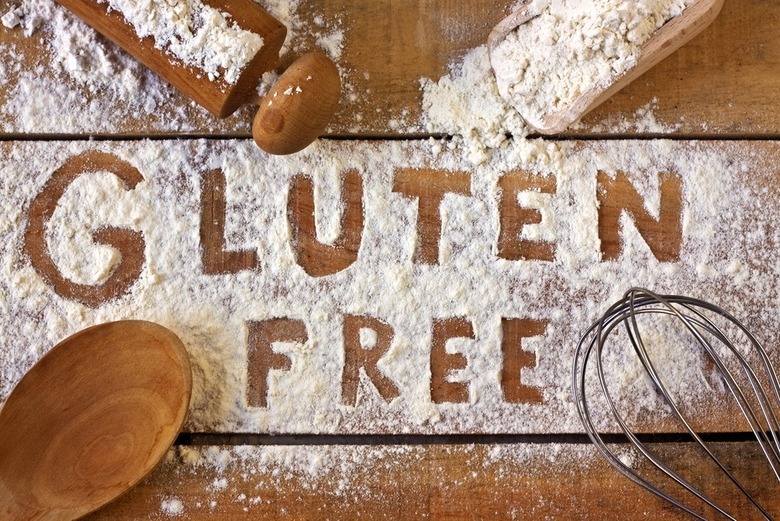What You're About To Read Is Gluten-Free
An op-ed column in the New York Times this week takes on a problem that, in recent years, has grown to unimaginable proportions — the so-called gluten-free lifestyle.
As contributor Roger Cohen writes, "Gluten is the main protein component of wheat, rye and barley. Wheat was first cultivated about 12,000 years ago and it's safe to say gluten has never had as hard a time as in recent years. The hunter-gatherer turned cultivator would be appalled at what he has wrought. Free associate from the word 'gluten' these days and you'll probably come up with poison.
"This column, by the way, is gluten-free. Please feel at liberty to read on."
According to data from the National Foundation for Celiac Awareness, an estimated one percent of Americans suffer from celiac disease, the name of the autoimmune disorder that causes gluten intolerance. Yet, according to market research, at least 25 percent of consumers want gluten-free products on shelves, and the problem is a self-fulfilling prophecy.
"People decide gluten must be bad for them because they see shelves full of gluten-free food at supermarkets," Cohen writes. "Forms of food intolerance, whether to wheat or dairy products or something else, have reached near epidemic levels among the global middle class."
The real issue, the author suggests, is not the true rise of allergies — it's the rise of narcissism. "Having a special dietary requirement is one way to feel special in the prevailing 'me' culture." Unfortunately, that self-centered approach is only hurting you — and the food industry that just wants to make pasta and bread the way that is has been made for thousands of years. "Gluten has done OK by humanity for upward of 10 millennia," Cohen writes, so perhaps the intolerant should look inward to better understand what's really bothersome about their choices.
